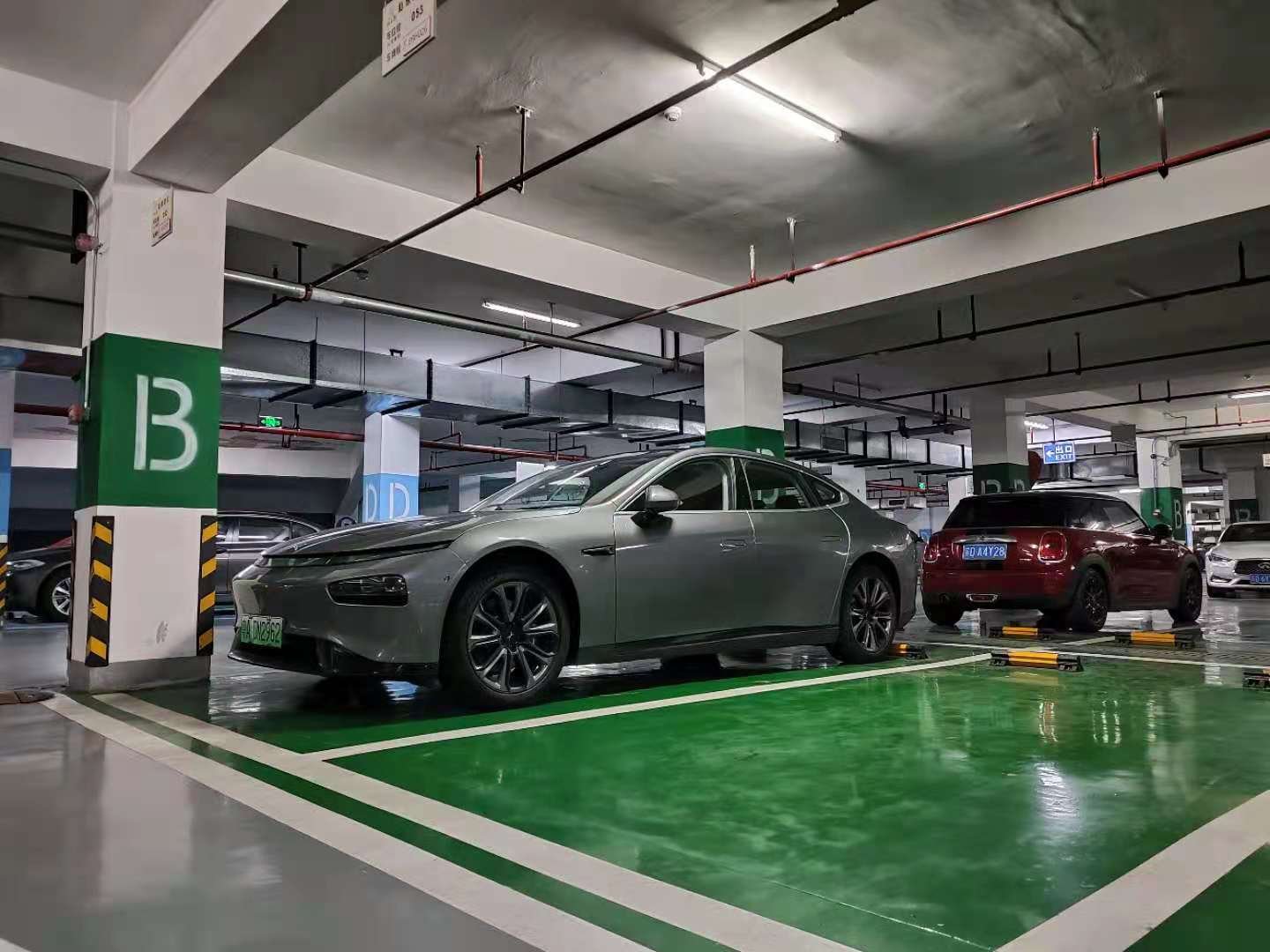I am very happy to participate in the test drive of the XPeng P7 provided by Garage 42. After a week of test driving, it goes without saying that the P7’s various automatic driving abilities, such as NGP, are already widely recognized as outstanding. Previous test driving friends have also summarized various driving experiences and situations, so repeating them here would not be of particular significance, especially for a car like the P7 that has been on the market for almost a year. Similar experience articles should be readily available.
Why focus on the car software ecosystem
In fact, during this week, I paid more attention to the intelligent ecosystem evolution of the P7, which for me is more focused on the changes in various small programs and apps on the car system.
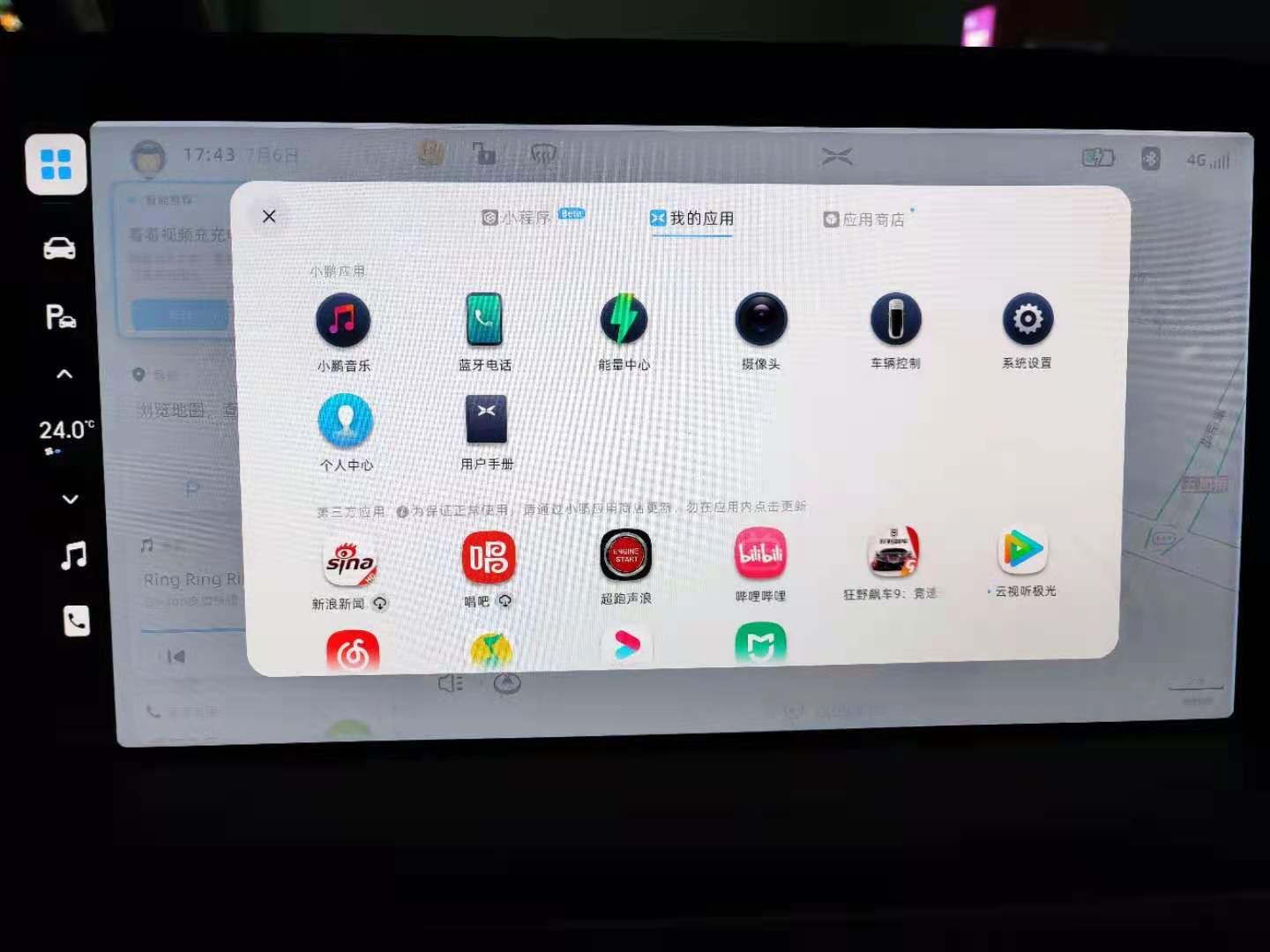
Why focus on this?
Because for so many years, the car system modified from Android on mobile phones has mostly been a mixed bag in terms of experience. Many car models have large screens and some apps, but the functionality is very limited, not to mention that the user experience is far inferior to mobile phones. After opening various interfaces, the situation is lamentable, leading to cases where so-called cool car systems are no match for a 10-yuan smartphone holder, which is everywhere.
It is also precisely because of this that on this foundation, more car systems are so-called “deliver now and you’re at the peak”, and the various apps installed in the car after receiving it are almost without any updates or changes.
In 2021, every intelligent smartphone user knows what a system that cannot update and add new apps means: it means that your phone is almost unusable. In the era of software-defined cars, if your central control screen cannot install software, it is difficult for your vehicle to position itself as an intelligent car.
XPeng P7 car software changes in September
Coincidentally, I also experienced the P7 car system in detail last October. Now, after about 9 months, let’s analyze the changes in P7’s software ecosystem through a comparison of two time points:
In terms of small programs, last October, the car system installed 43 small programs, including commonly used ones such as “Ele.me”, “Maoyan”, “Hema”, “Tmall Supermarket”, “Damai”, and even small, fresh apps such as “Hua +”, as well as various car maintenance, medical consulting apps such as Ali Health. Last week, the number of small programs on the car system was reduced to 41, mainly by deleting the “Didi Parking”, “Kuaidi” and “Ali Health Pharmacy” small programs, and adding the “Bank of China Bancassurance” financial service small program. The specific changes can be seen in the table below:
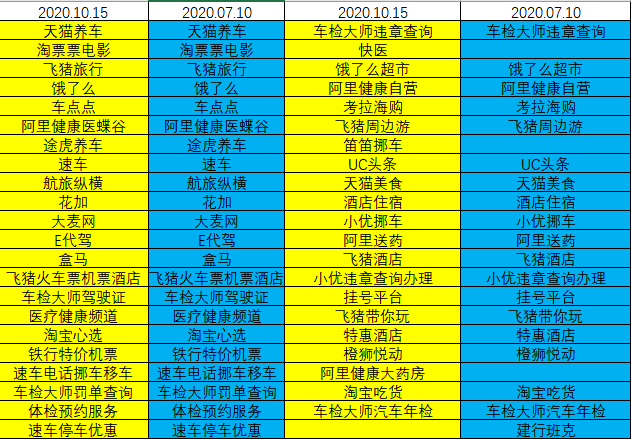
In terms of app, in October last year, the car system had a total of 37 apps in six categories, including “mobile living room”, “steering wheel and handle games”, “boutique games”, “education and learning”, “news information”, and “practical tools”.
As of last week, the car system increased to 63 apps in nine categories, mainly adding “dynamic world”, “discovering good voices” and “life services” three major categories, and successively updated 26 apps including “super run sound waves”, “QQ music”, “NetEase Cloud Music”, “Haibe Music”, “get”, “WPS”, “Ding Ding” and “Youku”.

Overall, the P7 car system’s software capability has increased from 80 to 104, with an increase of 30%. The average increase in software services per month is 2.6, and an average of 1 software capability is added every 10 days. It is probably more than you have on your own phone.
Updated optimization brings changes in experience scenarios
Carefully observing, the newly added apps undoubtedly focus more on various experiential needs of car owners during usage. For example, the “super run sound waves app”, the characteristics of electric cars determine that electric motors cannot produce the sound waves of fuel engines, but car owners who have been driving fuel vehicles for a long time always feel like something is missing. No problem, arrange for the super running sound waves now, from Lamborghini to Mercedes, we’ve got you covered.
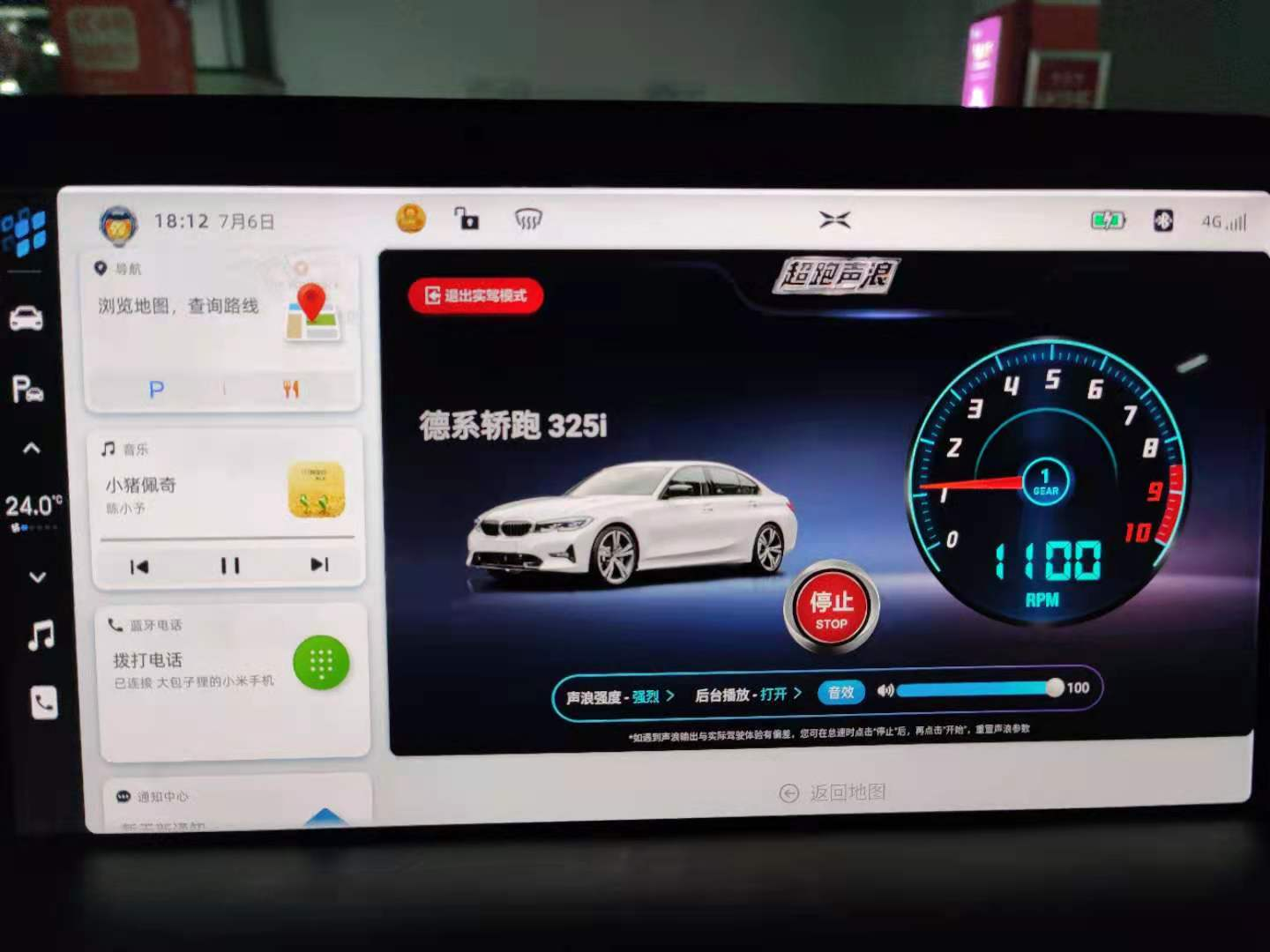
For example, music apps have always been a pain point for users, as some users like KuGou, some like QQ Music, and some like NetEase Cloud Music. Due to different song copyrights or song libraries, it is difficult for one app to satisfy everyone’s requirements. Therefore, the P7 simultaneously released five music playback apps in the market, such as QQ Music, NetEase, Haibe, etc., greatly increasing the user’s autonomy in choice. It should be one of the car systems on the mass-production car market that can install the most music apps at the same time.
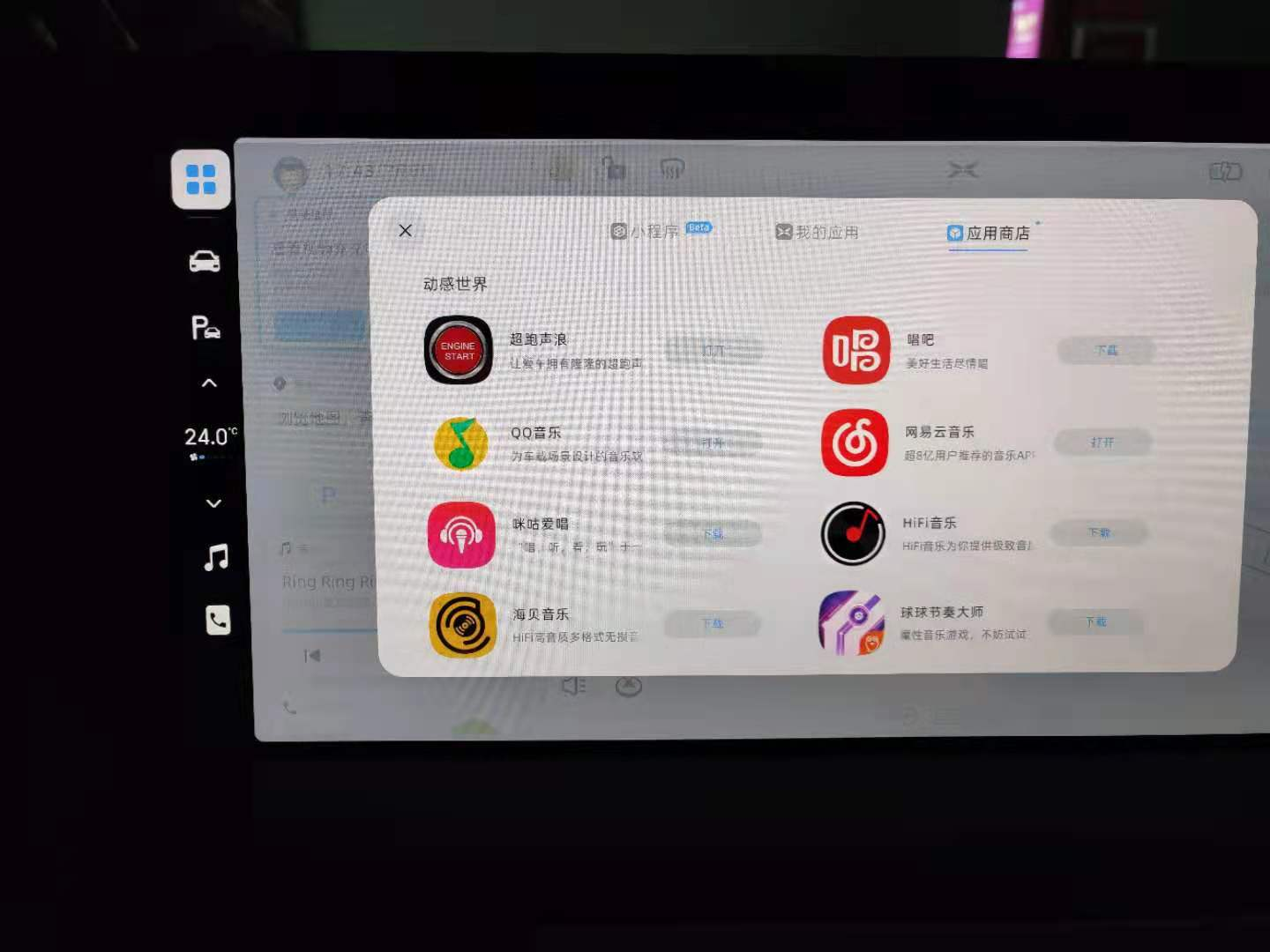 ## How will the in-car software ecosystem develop?
## How will the in-car software ecosystem develop?
The ultimate goal is to achieve the effect of “getting rid of the phone”. By improving the software ecosystem for entertainment, information and daily use, the in-car screen will become even more powerful, even surpassing the phone. Users can throw away their phone holders and use the central console screen to complete all the tasks they would normally do on their phones while in the car.
Of course, it should be noted that just as the iPad was not created to replace phones, the intelligence carried by cars is not meant to replace phones either. Rather, the interaction between the phone and the central console screen will become increasingly close, and the in-car system will become a new entry point for the software ecosystem.
For example, due to the in-car system, more and more P7 users have started to use Amap. By using Amap, navigation can be seamlessly switched from the phone to the in-car system, and even when getting out of the car, the phone automatically switches to pedestrian navigation.
Furthermore, due to in-car accounts, more and more people are subscribing to QQ Music or KuGou memberships, or even purchasing supercar sound effects. A post-pay era for in-car systems is slowly opening up, bringing infinite possibilities to this market.
P7 has only been on the market for a year, and the in-car software ecosystem has already undergone significant changes. The intelligent cockpit of XPeng Motors has achieved the perfect balance of small steps and rapid iterations according to user needs.
With more powerful in-car chips and more third-party participants in the ecosystem, it is worth looking forward to how the software ecosystem of the intelligent cockpit will develop.
This article is a translation by ChatGPT of a Chinese report from 42HOW. If you have any questions about it, please email bd@42how.com.
